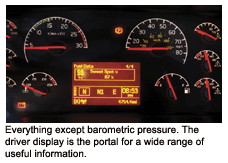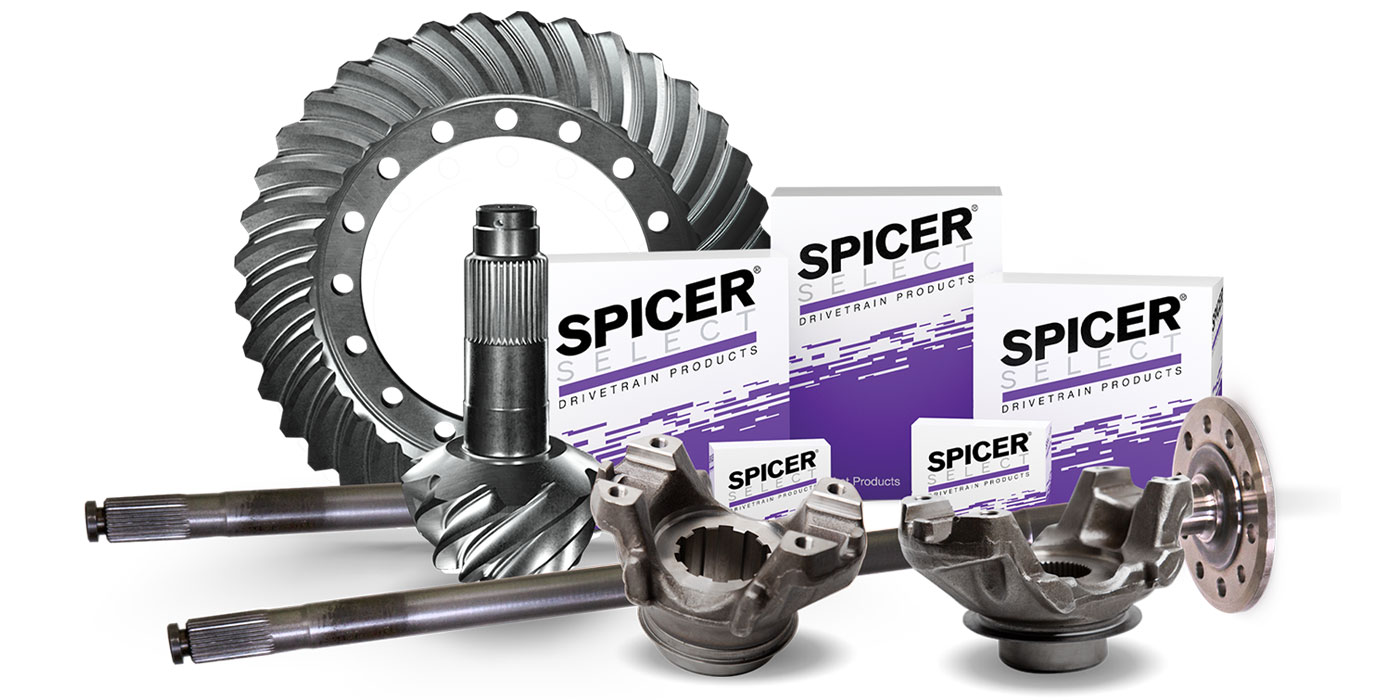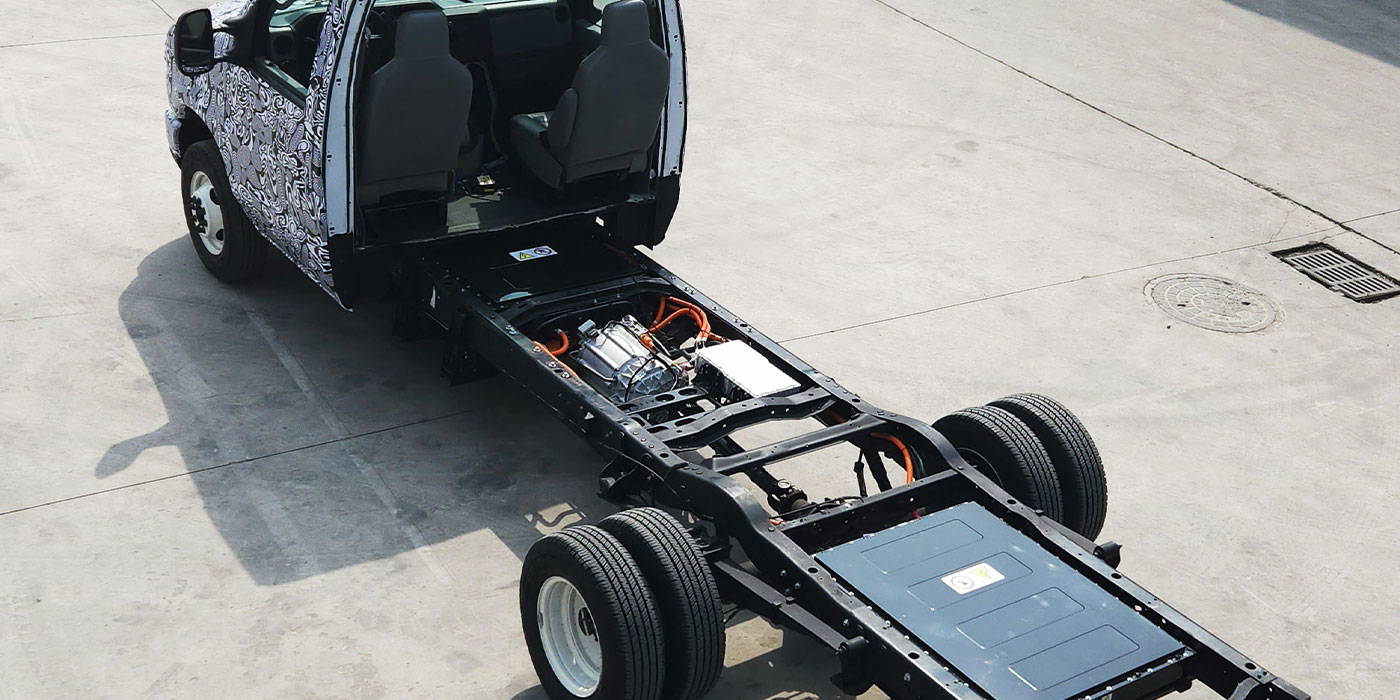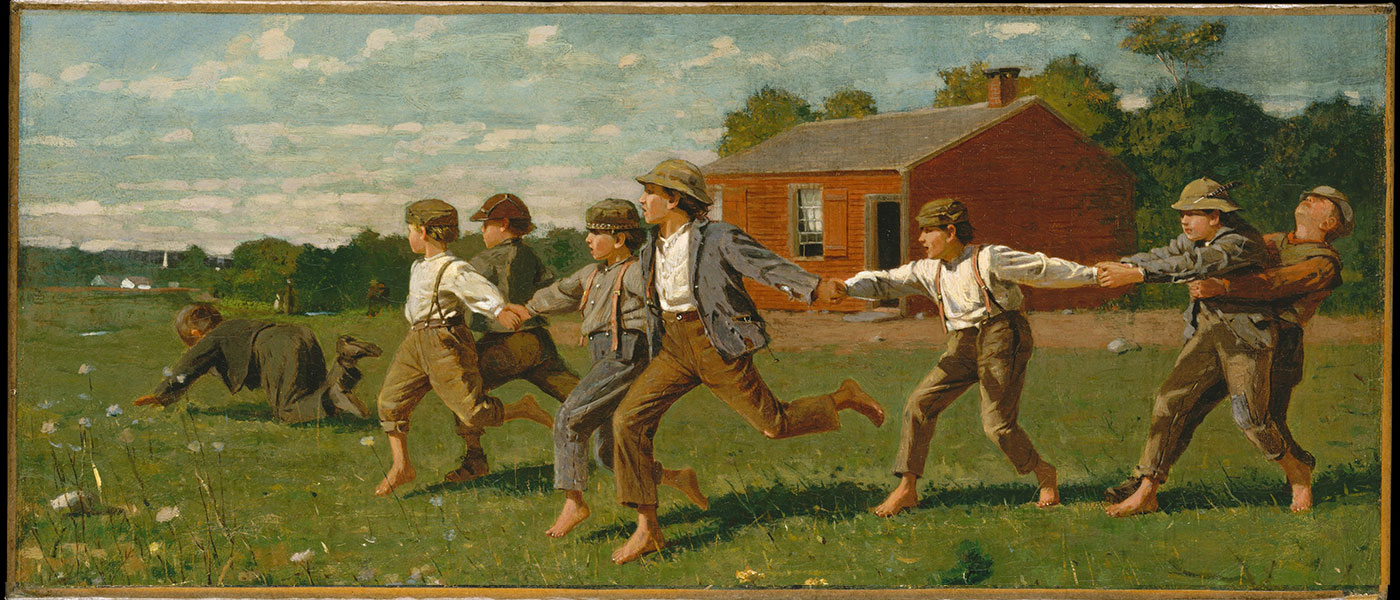 This is probably the main reason the majority of them still prefer good ol’-fashion unsynchronized manual transmissions to the more sophisticated, automated versions that have been on the market for nearly a decade.
This is probably the main reason the majority of them still prefer good ol’-fashion unsynchronized manual transmissions to the more sophisticated, automated versions that have been on the market for nearly a decade.
The advantages of today’s most advanced transmission technology keep growing, however. The latest addition to this component category is Volvo’s I-Shift, introduced to North America in late 2006 and made available earlier this year. (It’s been sold in Europe since 2002.) Roughly 130,000 units are on the road so far.
The I-Shift is likely the world’s most innovative automated manual transmission (or AMT in the lingo of marketeers). It differs from similarly intended products because it’s designed specifically –– and solely –– for Volvo trucks with Volvo engines (D11, D13 and D16). This integration gives I-Shift its technological advantages. “We let the transmission’s electronics control the engine’s, not the other way around, as competing products do,” says Frank Bio, a product manager for Volvo Trucks North America.
Volvo reportedly optimized the I-Shift by programming its engines’ fuel maps and performance curves into the transmission, enabling precise power output and gear selection to achieve the best possible fuel economy and performance.
I-Shift is composed of a single counter-shaft, three-speed gearbox with high and low ranges and a two-speed splitter for each gear. There are 12 speeds forward and two backward. It’s available in direct or overdrive configurations: the former offering an overall ratio of 14.94:1, the latter 15.04:1.
I recently had a chance to drive an I-Shift on a trip between Greensboro, N.C., and Davenport, Iowa. This was my first opportunity to experience any AMT on a voyage with so many miles and such diverse terrain and mix of roadways. The truck at my command was a fully appointed VT 880, powered by 600-HP D16 engine. Behind me was a brightly bannered dry van loaded with scrap paper. The combination weighed slightly more than 78,000 lbs. Tom Palenchar, Volvo’s marketing manager, followed in another I-Shift spec’ed truck, a bright purple VT 830.

Like most modern AMT boxes, the I-Shift is a “two-pedal” design, meaning that there’s no clutch linkage or controls in the cab. All of that business is conducted beneath the floorboards, through an array of sensors, actuators and algorithm. Manual shifting is possible, but only with computer assistance. The primary conduit –– “tactile interface” might be a better term –– for affecting gear change is a squat, seat-mounted joystick similar to those found in mid-size sport utility vehicles.
In addition to the system’s three primary driving modes (forward manual, forward automatic and reverse) there is also an economy/performance selector that alters shift points. In economy mode, the transmission shifts at lower engine speeds to conserve fuel. Performance mode, though, takes advantage of higher-RPM shifts to squeeze more power from the engine.
The first few hundred miles of my trip included several long, steep grades, and I probably could have reached the summits faster using the I-Shift’s performance setting, but I chose economy instead. Pulling hard in this mode, the engine would often drop to 1,150 RPM and just hang there. I was initially uncomfortable with this sort of locomotive engine speed, so I frequently overrode the system and grabbed lower gears, even tried to “facilitate” shifts by easing up on the accelerator as I pushed the appropriate arrowed buttons adorning the shifter knob. My attempts to help the transmission began to diminish when I realized that the I-Shift’s computer was paying more attention to the engine’s needs than I was –– and making better gearing decisions. I also quickly discovered it was capable of shifting every time –– up or down –– regardless of my right foot’s participation. By the time I crossed into West Virginia, I let the transmission do whatever it wanted.
This decision was partially driven by an embarrassing moment on a roadside scale just south of the border in Virginia. There, I’d rolled onto the truck-length platform in manual mode, leaving the I-Shift in fifth or sixth gear while being weighed. As soon as the scale’s green “go” light illuminated, I eased up on the brakes and depressed the accelerator. Nothing happened. I frantically scanned the dash display for signs of trouble and tried again. Still no action. I then remembered that Ed Saxman, product manager for Volvo Powertrain, had warned of this type of scenario before I left Greensboro. In such instances, he said, the transmission had to be reset by shifting it to neutral, then into an appropriate launching gear. With trucks stacking up behind me and the scale master’s suspicions rising, I tried Saxman’s technique, and the truck took off and operated normally.
Despite this driver-induced incident, I found the I-Shift an impressive piece of machinery, with an apparent understanding of all immediate conditions, both onboard and off. It knew the throttle’s position, of course, but it also kept track of my use of that throttle. When I drove aggressively, it would shift according to that pattern. But when I drove gently, it would adapt, shifting to a more economical pattern. It also somehow “understood” the slant of the approaching roadway. In some cases, it would grab gears as soon as engine speed dropped to 1,200 RPM. Other times, as mentioned above, it would let the tach needle hover at 1,150 for a long time, apparently “knowing” the incline was ending soon. Volvo officials say that I-Shift monitors vehicle speed, acceleration, torque demand, vehicle weight, rolling and air resistance, and road grade.
I-Shift has a host of great features, but the best (in my opinion) is something called “Eco-Roll.” I first encountered it early in my trip, when rolling down a gentle slope. In Eco-Roll, the system disengages the transmission’s back box if it senses no load on the drivetrain and no need to deploy the engine brake. The engine drops to an idle while the truck coasts. Eco-Roll saves fuel and engine wear. If vehicle speed creeps up beyond the engine brake’s set point, the system automatically –– and quickly –– spools up RPM, grabs an appropriate gear and tunes in the proper amount of braking to curb forward velocity. The transmission is also re-engaged if the driver taps the brake or accelerator, or the vehicle speed drops below the cruise set point. Truckin’ doesn’t get better, or easier, than this.
In the early days of automated manual transmissions, marketing people said that the new technology was “as good as the best drivers on their best days.” Well, after driving Volvo’s I-Shift for roughly 880 miles across mountains and plains, two lanes and four, I’d say that this system is better then the best drivers on their best days.




